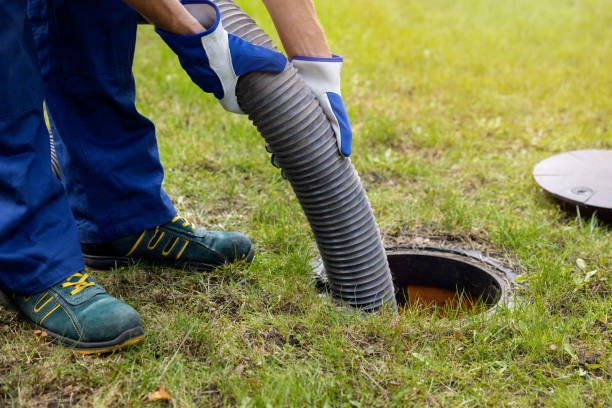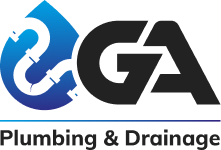Proper drainage isn’t just about keeping your yard dry — it’s about protecting your home’s foundation, landscaping, and long-term value. Whether you’re dealing with pooling water, a soggy lawn, or basement dampness, installing the right drainage system is a crucial step toward a safe, healthy, and well-maintained property.
In this guide, we’ll break down everything homeowners need to know about drainage system installation from identifying the signs of poor drainage to choosing the right system and understanding installation options.
Why Is a Drainage System Important?

- Soil erosion
- Waterlogged gardens
- Flooded basements or crawl spaces
- Cracks in the foundation
- Damage to driveways and walkways
- Increased risk of mold and mildew
Installing a drainage system helps protect your investment while maintaining a safe and comfortable outdoor environment.
Signs You Need a Drainage System
Not sure if your property needs one? Look out for these warning signs:
- Puddles forming in the yard after rain
- Water stains on the basement walls
- Overflowing gutters and downspouts
- Soggy or dead patches in your lawn
- Cracks appearing in foundation walls
- Mosquito problems due to standing water
If you notice any of these issues, it’s time to consider drainage installation.
Things to Consider Before Installation
Before choosing a drainage system, keep these factors in mind:
- Soil Type
Clay retains water, while sandy soil drains more easily. - Slope and Elevation
A proper slope helps water naturally flow away from the foundation. - Rainfall Volume
Understanding your local climate ensures proper system sizing. - Location of Structures
Drainage systems must work around your home, garage, and paved areas. - Local Regulations
Check if permits are needed in your area before starting.
Types of Drainage Systems

Depending on your property’s needs, here are common systems:
- French Drain – Ideal for waterlogged yards and basements.
- Surface Drainage – Great for managing surface water around patios and driveways.
- Trench Drain – Often used in driveways and along walkways to catch runoff.
- Dry Well – Helps water seep naturally into the ground.
DIY vs. Professional Installation
1) DIY:
- Suitable for small, straightforward systems
- Requires time, tools, and some knowledge
2) Professional:
- Ideal for complex or large-scale drainage projects
- Guarantees compliance, durability, and peace of mind
Maintenance Tips
- Clean grates and gutters
- Flush systems annually
- Inspect for blockages or root damage
- Adjust slope or gravel if needed
Need Expert Help? Contact GA Plumbing and Drainage

If you’re considering a drainage system installation and want the job done right, look no further than GA Plumbing and Drainage. With years of experience in both domestic and commercial drainage solutions, they offer reliable, efficient, and affordable services across the region.
Their team specialises in everything from French drain installation and soakaways to high-pressure jetting and CCTV drain surveys. Whether you’re dealing with a flooded garden or persistent damp issues, GA Plumbing and Drainage has the expertise to assess your property and provide a long-lasting solution.
Final Thoughts
Proper drainage system installation can prevent costly damage and improve your property’s functionality. Whether you’re tackling the job yourself or calling in professionals, planning ahead is key.
Need professional advice or installation support? Visit https://gaplumbinganddrainage.co.uk/ to learn more or request a free quote today.





